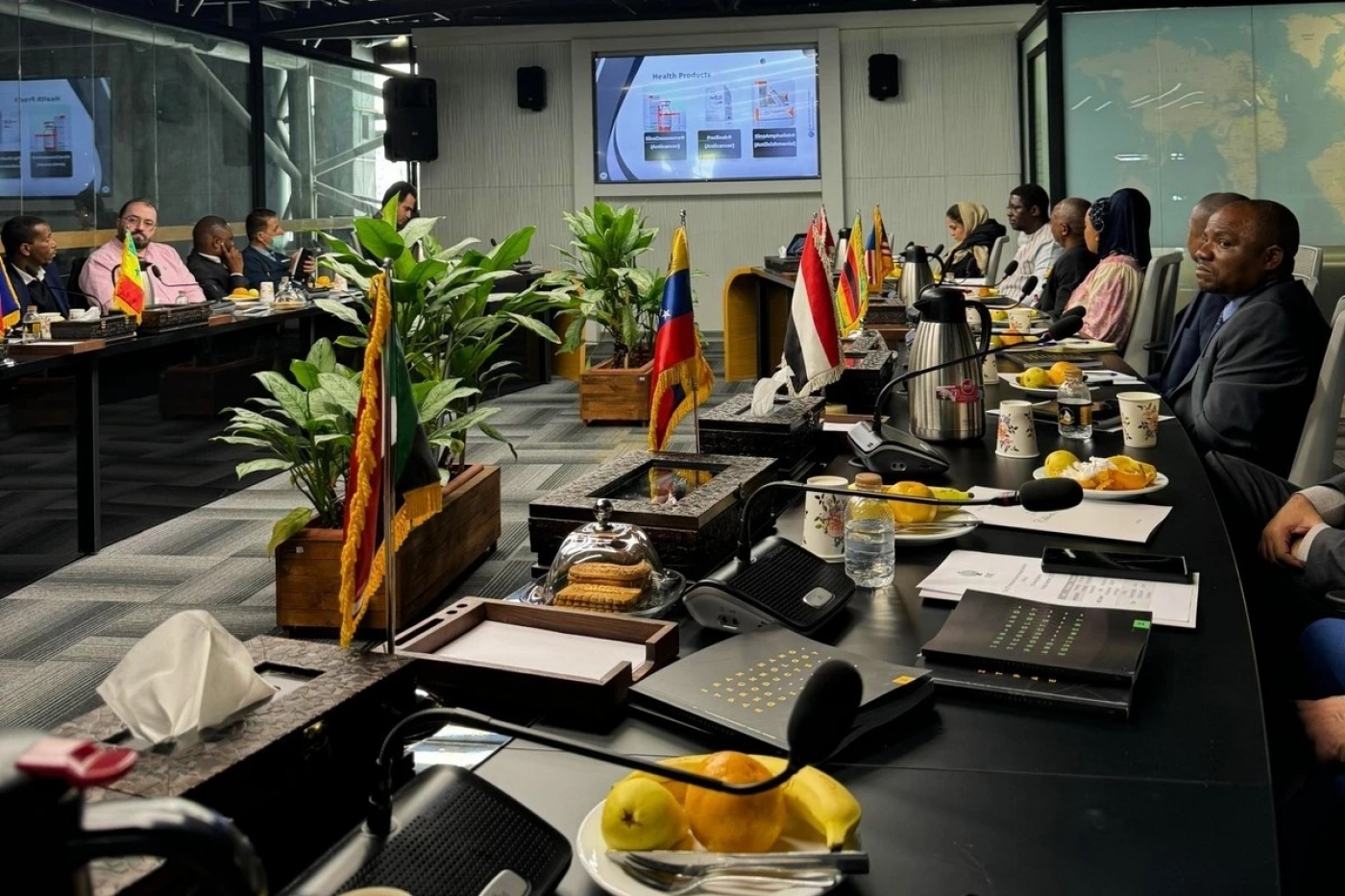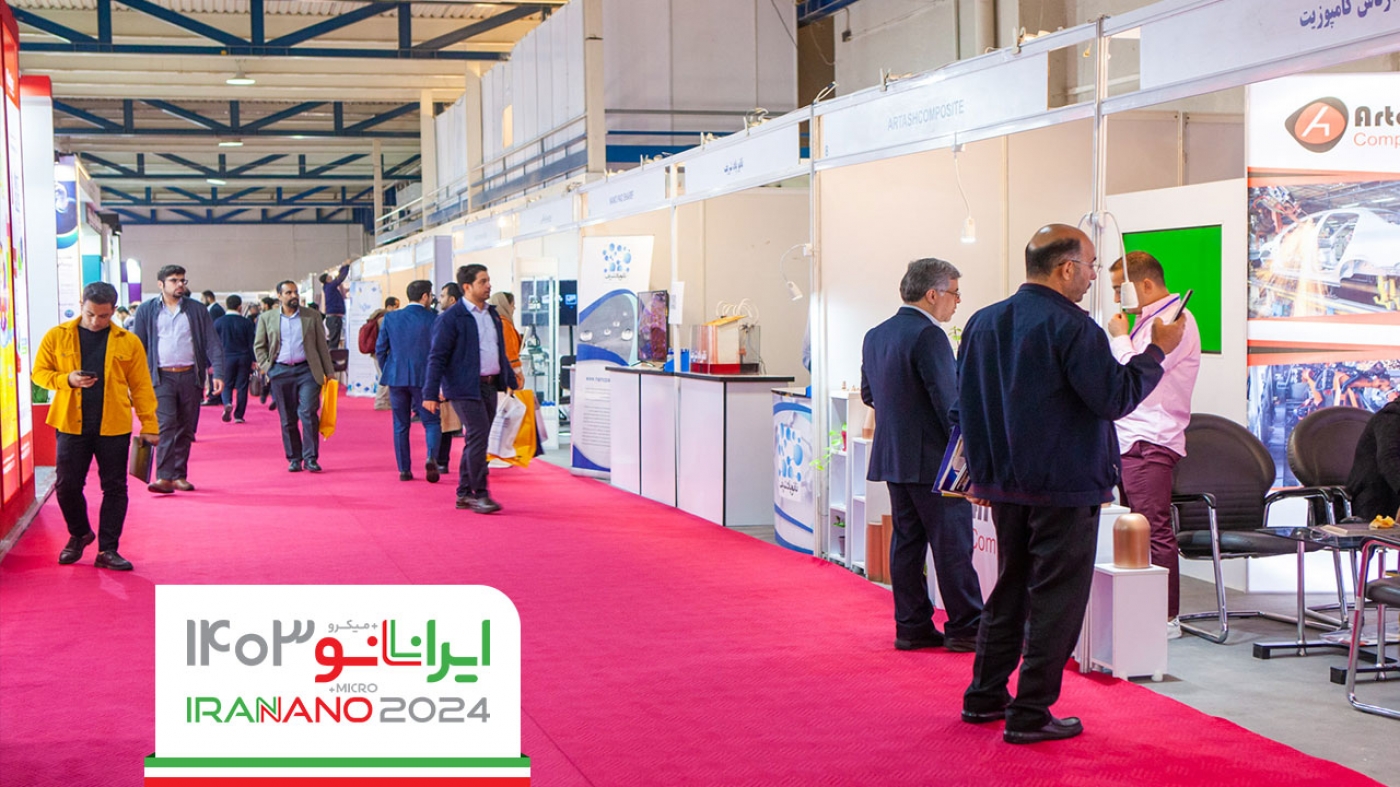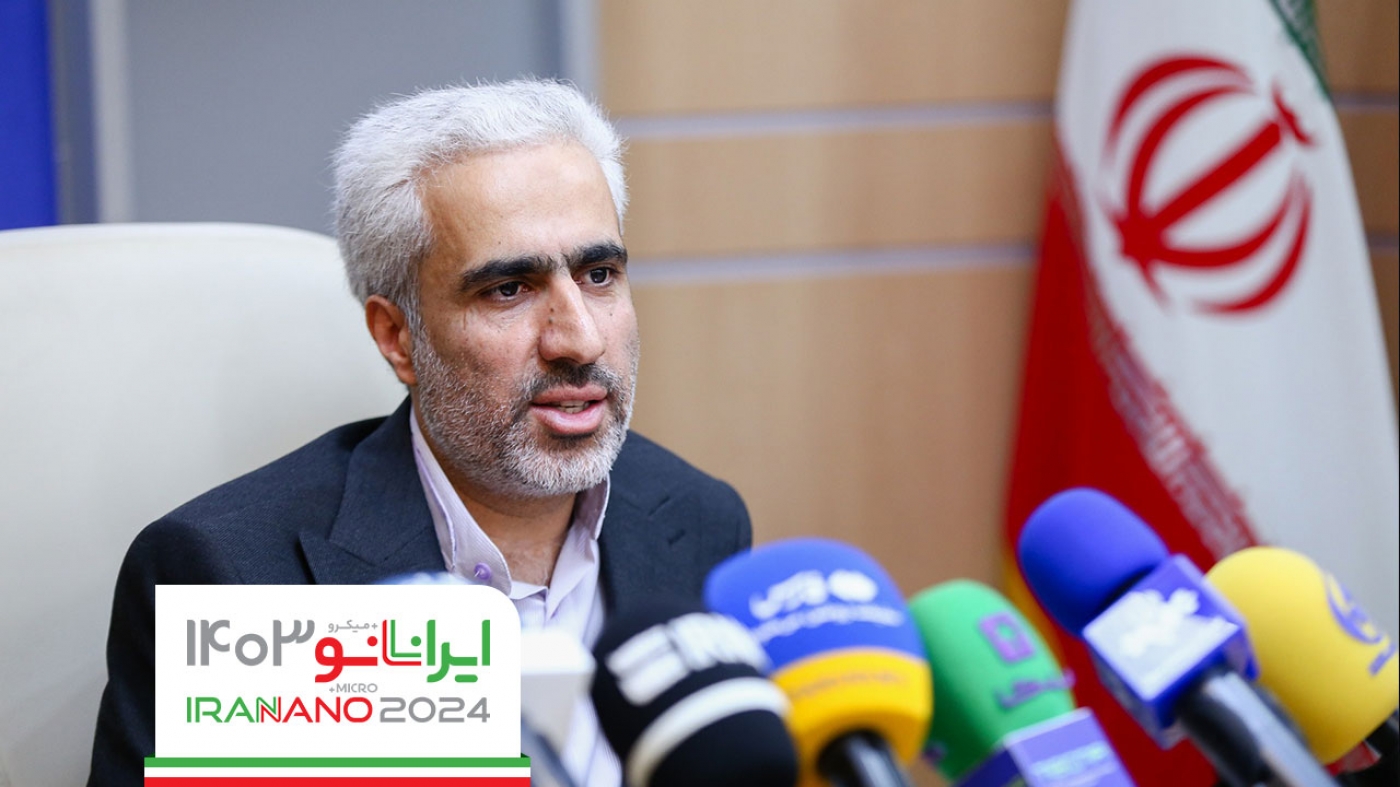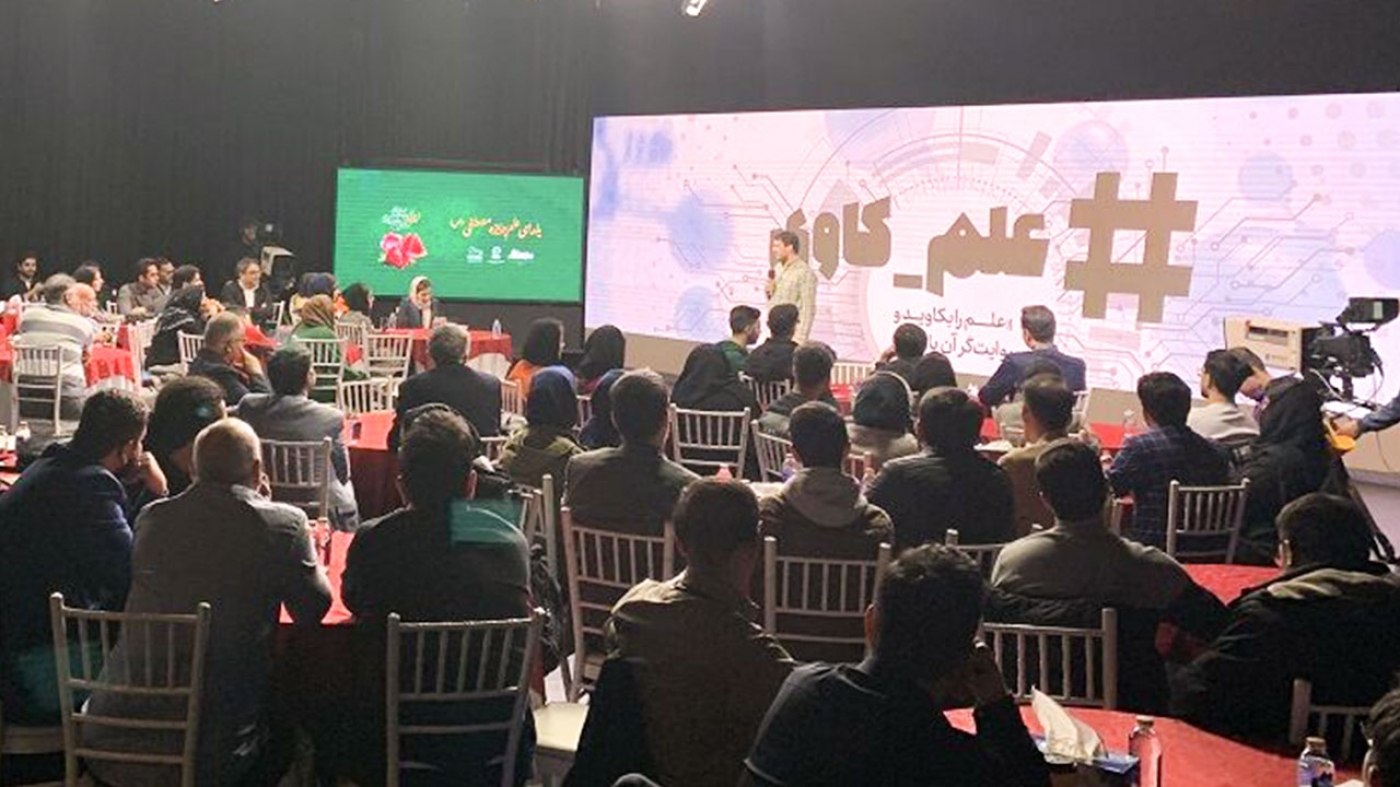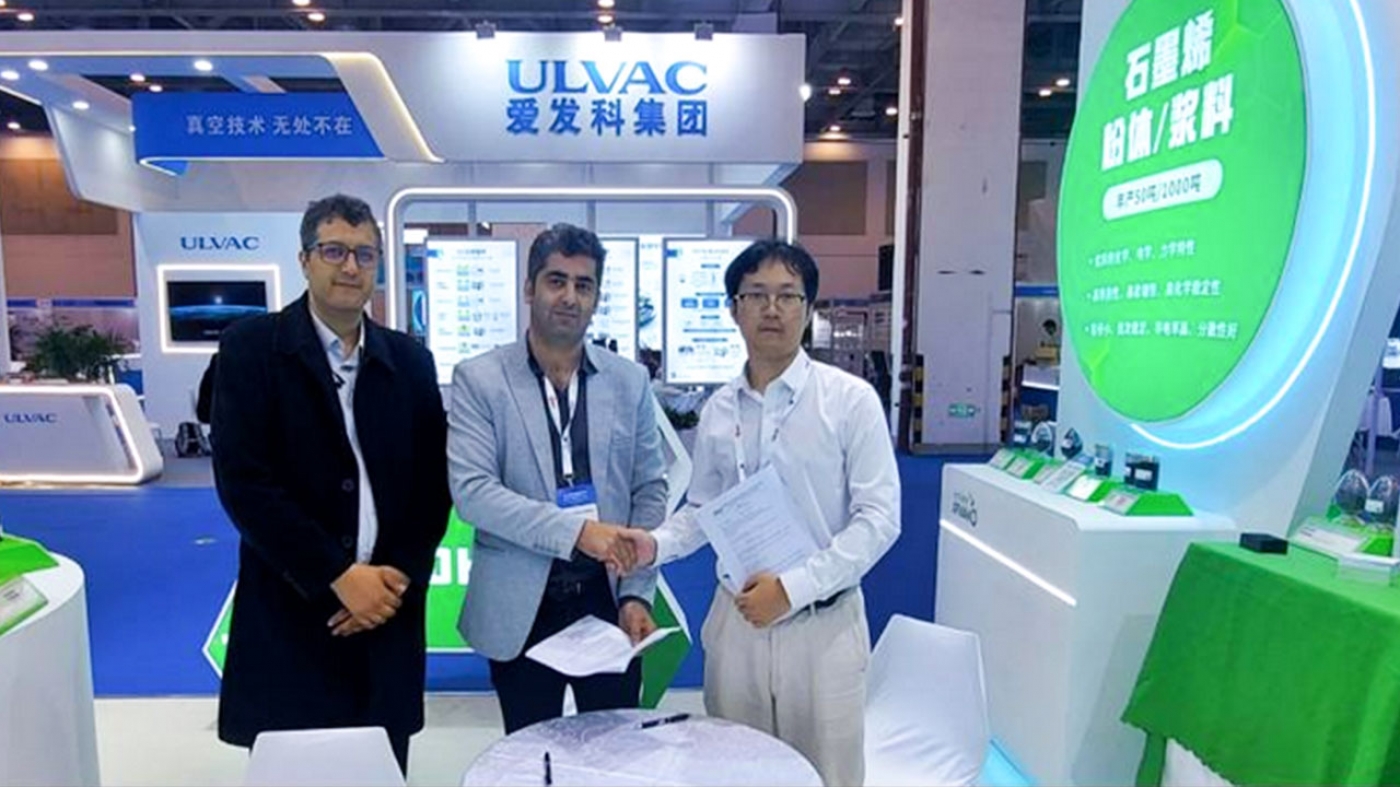A research group including Iranian, Chinese and Italian researchers introduced a highly efficient electrocatalyst for electrochemical reaction of hydrogen production from sea water (Persian Gulf).
The limitations of common energy sources, such as oil and natural gas have increased the demand for clean energy sources. Hydrogen is a good candidate for a high-density energy carrier. Among various strategies for producing hydrogen, electrochemical water electrolysis powered by electricity produced from renewable sources is noteworthy. Seawater electrolysis has several key advantages over freshwater electrolysis. These advantages include seawater's abundance, ease of integration with emerging ocean technologies, collaboration in the production of safe drinking water, and the ability of its dissolved salts for promoting the ionic conductivity. For seawater electrolysis to be an efficient and economical method of hydrogen production, highly active electrocatalysts made of non-precious metals are required for hydrogen evolution reaction (HER) and the oxygen evolution reaction (OER).
Hydrogen production employing seawater electrolysis is considered as a sustainable strategy for energy prospects. This study reported high-performance bifunctional water electrocatalyst by designing 3-D heterostructured MnCo/NiSe/NF. DFT based modeling rationalized their experiments and indicated the synergistic effects between MnCo and NiSe in their complex.
This project was conducted as a result of an international joint collaboration of researchers from Tarbiat Modares and Ferdowsi Universities (Iran), Southwest Jiaotong University (China), and Padova University (Italy). This research article was published in “Applied Catalysis B: Environmental” in Elsevier Publications in December, 2022.
In order to read the original article, click here.

